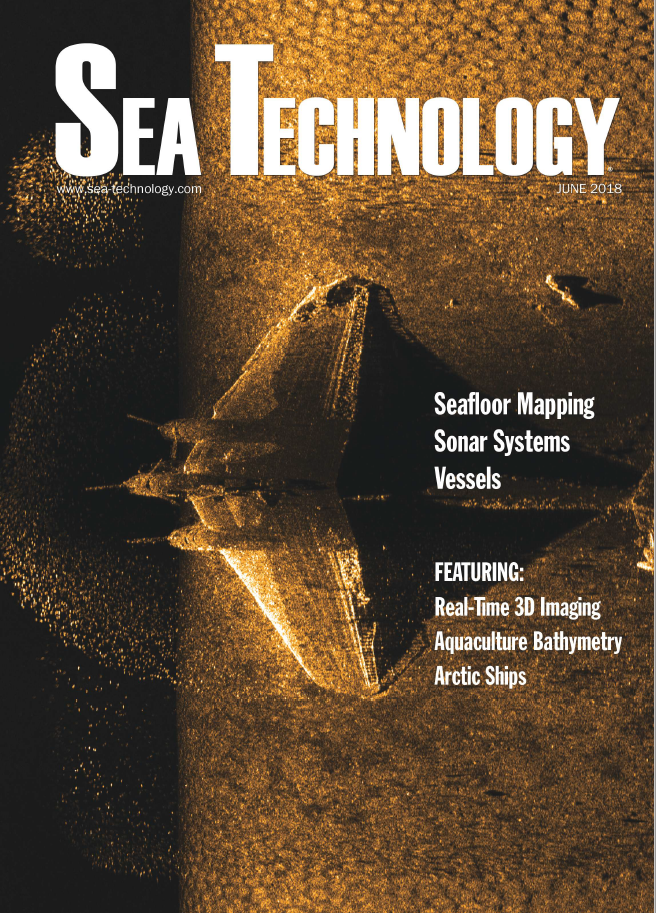We are pleased to announce some exciting new projects for which we have received funding. Recently, the CaPE Lab (Provincetown Center for Coastal Studies) was awarded two grants: one for the study and removal of derelict fishing gear and other marine debris, and the other to study and map storm tide pathways.
Marine Debris
NOAA's Marine Debris Program offers funding each year to projects that are committed to the removal and study of marine debris. This year, The Center for Coastal Studies was one recipient of this award, for the removal of 16 tons of gear in both Cape Cod Bay and the Cape Cod National Seashore.
Our part in this project involves the removal of derelict fishing gear (DFG) in both marine (sonar) and terrestrial (UAS) settings. We locate, identify and characterize DFG in both environments, and lead recovery teams will retrieve it. As such, an important part of these efforts will include community outreach and engagement.
NOAA Marine Debris Program 2018 Funding Awards
Storm Tide Pathways
As sea level rises, water will find its way into an increasing number of previously unreached spaces onshore. This will occur during episodic events such as storms (see the blog post regarding January's storm).
According to the state of Massachusetts press release:
"The Cape Cod Cooperative Extension [Provincetown Center for Coastal Studies] will enable the protection of coastal businesses, homes, property and infrastructure by precisely identifying and mapping “storm tide pathways,” the lowest elevation where water will begin to flow inland during a flood event. This project will provide field-verified data on where, when, and how storm surge and floodwaters approach and then inundate coastal communities."




